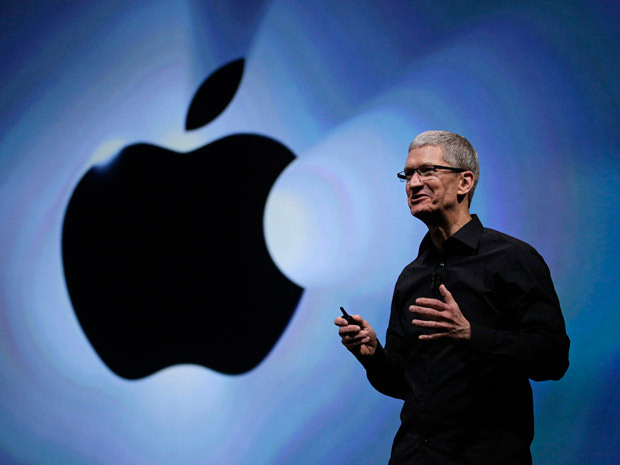
Apple is preparing to increase prices for its iPhone 17 lineup, expected to launch in fall 2025, sources told The Wall Street Journal. The price hikes will accompany new features, including a thinner design, but Apple wants to avoid tying the increases to U.S. tariffs on Chinese goods.
Most iPhones are made in China, where a 20% U.S. tariff, enacted by President Trump in his second term, targets smartphones due to Beijing’s role in the fentanyl trade. A separate “reciprocal” tariff on Chinese goods dropped from 125% to 10% under a recent U.S.-China trade agreement, with smartphones exempted.
Apple’s CEO, Tim Cook, said tariffs will add $900 million in costs this quarter, with more expected later. The company is carefully framing the price increases to focus on new designs rather than trade policies.
New iPhone Designs and Tariff Challenges
The iPhone 17 lineup will include an ultrathin model replacing the iPhone 16 Plus, which starts at $899. Current iPhone 16 models range from $799 for the base version to $1,199 for the Pro Max. The new designs aim to justify the higher prices, though specific features remain unclear.
Apple faces pressure from the U.S.-China trade conflict, which impacts its supply chain. Tim Cook revealed that most U.S.-bound iPhones for the April–June 2025 quarter will originate from India’s manufacturing plants.
This shift aims to reduce reliance on Chinese production amid tariff challenges. China remains essential for high-end Pro and Pro Max models, which have advanced cameras and larger batteries. Jefferies estimates 36 to 39 million of the 65 million iPhones sold in the U.S. last year were these premium models.
Supply Chain Shifts and Production Limits
Apple finds it difficult to cover tariff-related costs by cutting supplier expenses, making higher prices necessary to maintain profits. Company leaders are hesitant to cite tariffs as the reason for price increases, preferring to highlight other factors to justify the change to customers.
Apple is exploring U.S. production but expects it to take years, according to the Journal. Supply chain planners believe tariffs on Chinese goods will stay higher than those on Indian or Vietnamese goods, pushing Apple to expand in India. Last year, India handled 13% to 14% of global iPhone shipments, a figure expected to double in 2025, said TechInsights analyst Abhilash Kumar.
Future Production Goals and Market Demands
Kumar believes India could meet U.S. and Indian iPhone demand by late 2026 or early 2027, though China will remain key for components. Jefferies analysts are less optimistic, calling it a “tall order” for India to produce 40 million high-end iPhones within two years to cover both markets.
Apple’s strategy involves balancing trade challenges, scaling production in new regions, and introducing fresh designs. The company aims to maintain customer trust while managing rising costs and evolving global trade policies. The iPhone 17’s price increases and new features reflect Apple’s efforts to adapt to these complex dynamics.
